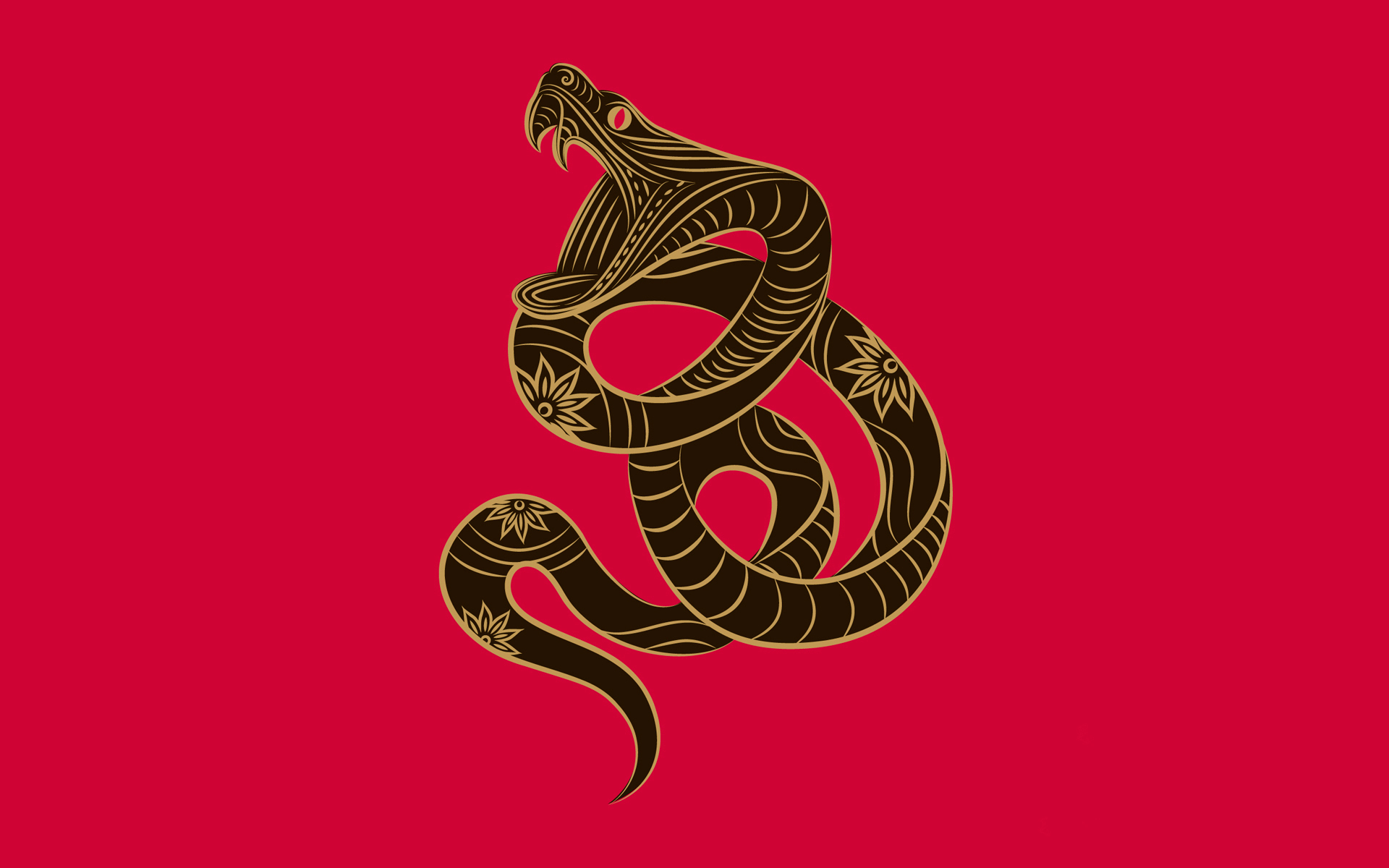The dragon is a magnificent creature which plays a huge role in the traditions of Lunar New Year. Besides being the only mythical creature in the Zodiac roster, the Year of the Dragon always sparks massive increases in birth rates. With his auspicious nature and strength, everyone wants their child to be a dragon.
The Beast
The tale of the dragon begins with a village. Nian was a monster who lived at the bottom of the sea and came out on the last night of the Lunar Year to terrorize the village. But one man, and older man with silver hair, would not back down. Instead of hiding for the night, he stood his ground, setting off fireworks and dressed in red. The monster was terrified and ran away. The man shared his tactics with the village, and so began the tradition of setting off fireworks, dressing in red, and decorating the home with red decorations – all the ward off the dreaded Nian.
The Zodiac
When the Great Race was held by the Jade Emperor the dragon was one of the twelve animals invited to participate. He arrived fifth, to the surprise of the Jade Emperor who knew he could have won. When asked why he did not arrive first, the dragon explained that he was delayed trying to make rain for the people and creatures of the world.
The Dragon is a symbol of strength, confidence, and success. People born in the year of the dragon are said to be confident and ambitious with tons of charisma. There is an expectation that dragons will be successful in their lives, and this it is a very auspicious year for birthing children. The dragon is lucky and intelligent, but also suffers through his own arrogance. They can also be irritable and struggle to accept defeat.

The Colors of Lunar New Year
When you think of Lunar New Year, red and gold or yellow likely come to mind. That is because these colors are a vital part of celebrating the new year and bringing luck and prosperity to your life. Color is a hugely important aspect of the new year, with colors like red and gold signifying luck while other colors should be avoided.
Red
Red is a color that signifies luck. Vitality and celebration. The color is frequently used in celebrations, none more prevalent than during the Lunar New Year. It is the color of the lanterns that light the sky, the envelopes that carry money to bring wealth into the new year, and the clothes and decorations we use to celebrate.
Yellow and Gold
Yellow and gold are associated with wealth and prosperity. Everyone wants a prosperous year, and these colors bring a sense of monetary success. Yellow is also a powerful color, signifying royalty and prestige.
Green (or Blue)
Green is the color of health, fertility, and harmony. It also represents purity and cleanliness. Green is a frequent color in nature, thus representing the organic world. Green is a wonderful color for the New Year but avoid green hats which can symbolize an unfaithful spouse.
Blue has similar meaning to green and is also seen as a color to bring health into the new year.

Colors to Avoid
White
White is associated with mourning, death and funerals. It is the color most closely associated with death in Chinese society and is therefore seen as an unlucky color for the new year.
Black
While there are some good qualities of black and it is not as unlucky as white, black is also seen as a color for mourning and death. It is also associated with secrecy, which brings bad habits into the new year.
As we enter into this new year on the lunar calendar, remember to bring yourself luck and prosperity with color. I wish you all success and good fortune in this Year of the Dragon!








